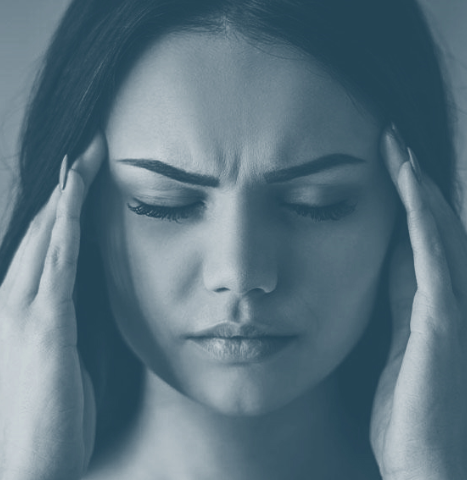
OUR SERVICES:
BEVERLY HILLS

OUR SERVICES:

Think about this: 8 out of 10 people in the world will experience neck pain throughout their life. A common misconception is that numbness in the hands or in the shoulder region is normal. It’s not normal. This is just your body’s way of warning you that there is a nerve that is being impeded upon if, in fact, the symptoms are numbness or tingling. The source of neck pain is often multifactorial including:
Muscle Strain: One of the most frequent causes of neck pain is muscle strain or tension, often due to poor posture, overuse of neck muscles, or sudden movements.
Poor Posture: Spending long hours in positions that strain the neck, such as hunching over a computer or smartphone, can lead to neck pain over time.
Degenerative Disorders: Conditions like osteoarthritis, degenerative disc disease, and cervical spondylosis can cause gradual wear and tear of the cervical spine, leading to pain and stiffness.
Herniated Discs: Discs in the spine can bulge or herniate, putting pressure on nearby nerves and causing neck pain, along with potential symptoms like arm pain or tingling.
Trauma or Injury: Whiplash from car accidents, falls, or sports injuries can strain the neck’s soft tissues, leading to pain, stiffness, and restricted movement.
Poor Sleeping Position: Sleeping in an awkward position or using an unsupportive pillow can strain the neck muscles and lead to pain upon waking.
Stress: Emotional stress can manifest physically, leading to muscle tension and neck pain.
Pinched Nerve: When a nerve in the neck is compressed or irritated, it can cause sharp or radiating pain, along with potential numbness or weakness in the arms or hands.
So, what causes a pinched nerve in the neck?
Well, it’s important to understand that there’s a series of events that usually happens. A pinched nerve in the neck, in the cervical spine, most commonly is caused by a disc protrusion. The question is what’s causing the disc protrusion, and the severity of the disc protrusion will usually dictate the symptoms—severity and direction, whether it’s going straight back, to the left, to the right. This usually will cause a secondary symptom called Radiculopathy.
Radiculopathy is the numbness and tingling some of us feel, and most people have the misconception that radiculopathy is kind of normal; and it’s absolutely not. Radiculopathy is your body’s warning sign that there is a nerve that is, in fact, being impeded on and the quality of your pain is important. If it’s numbness and tingling, there’s usually a nerve involvement. If it’s kind of throbbing or pulsating or warm, it might be a vascular issue.
The real question is what’s causing the disc protrusion, and usually, it’s a result of repetitive use—repetitive use meaning poor posture, people who have forward head carriage, trauma could cause this. The answer, usually, to this kind of cervical neuropathy is decompression of the spine. So compression is causing this. And it’s forcing the disc to go back, impeding on the nerve. Decompression usually reduces those symptoms by relieving the stress upon that nerve.
Text Neck: Excessive use of smartphones and other devices can lead to “text neck,” a condition characterized by forward head posture and strain on the neck muscles.
Medical Conditions: Certain medical conditions like fibromyalgia, spinal stenosis, meningitis, or tumors can also cause neck pain, although these are less common.


Neck dysfunction may significantly cause headaches. There are more than 150 types of headaches. Most people always think “migraine” however the most common type of headache I have seen in my practice throughout the years is a “cervicogenic headache” (CGH).
A cervicogenic headache is a type of headache that originates from problems in the neck, specifically from disorders or abnormalities in the cervical spine (the neck region of the spine). Unlike some other types of headaches, such as tension headaches or migraines, cervicogenic headaches are specifically related to issues in the neck.
Here’s a simpler breakdown:
Origin: This headache starts from the neck. It’s like when a part of your neck isn’t feeling well, and it makes your head hurt.
One-Sided Pain: Cervicogenic headaches often cause pain on one side of the head. It’s like having a pain that stays on just one side of your head, often spreading from the back to the front.
Neck Movements: Sometimes, moving your neck in certain ways can make the headache worse. It’s like if you turn your head and suddenly your head hurts more.
Other Symptoms: People with cervicogenic headaches might also feel pain or stiffness in their neck or even in their shoulders or arms.
Imagine your neck is like a bridge between your head and your body. When something isn’t quite right with that bridge (like a problem with the bones, muscles, or nerves), it can make your head feel unhappy. That’s what a cervicogenic headache is all about.